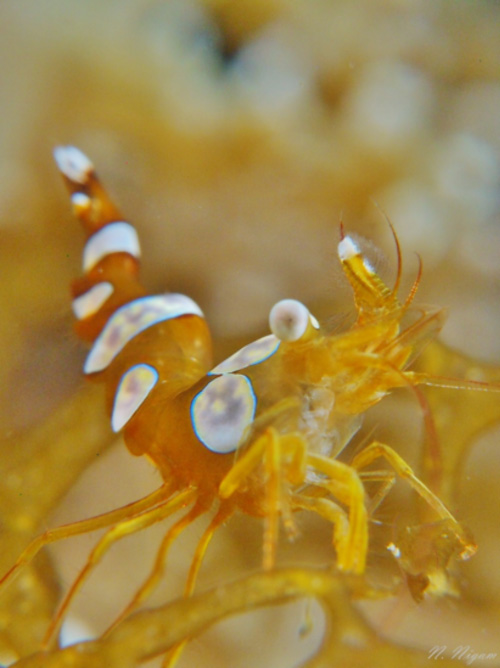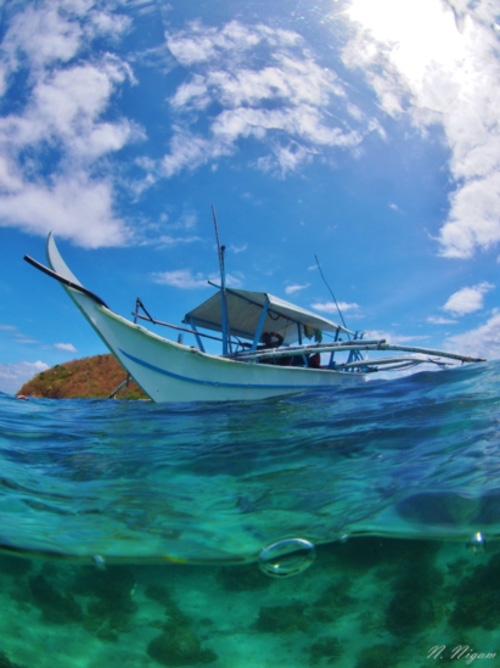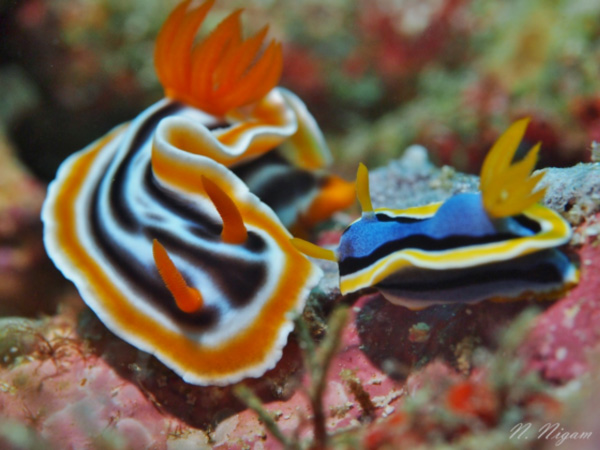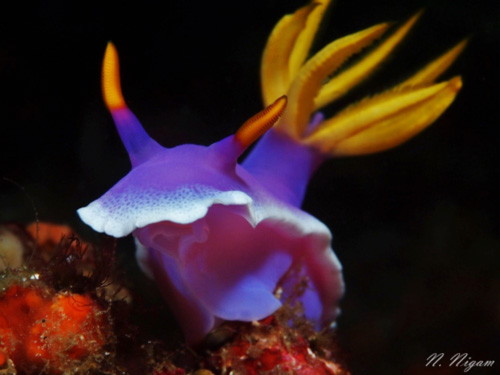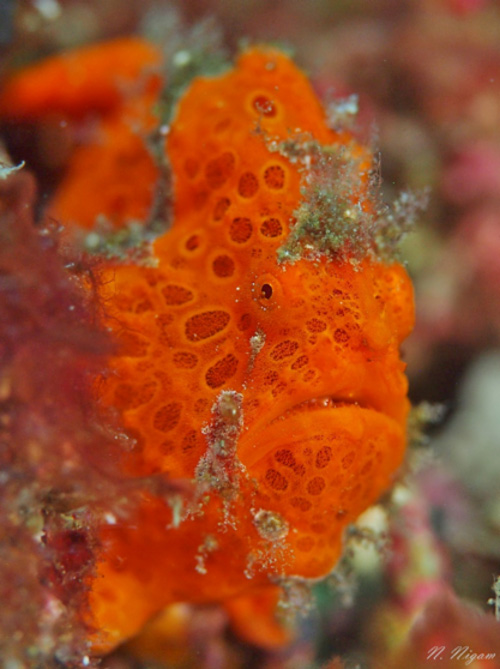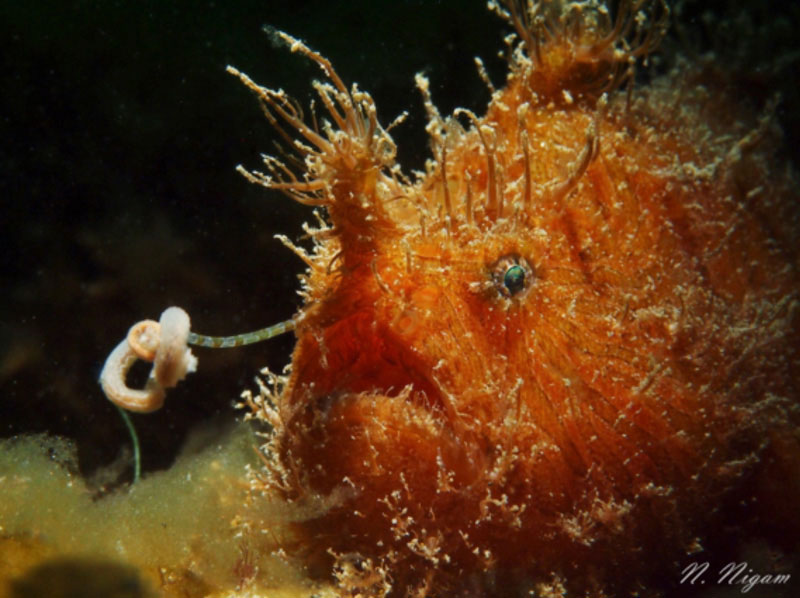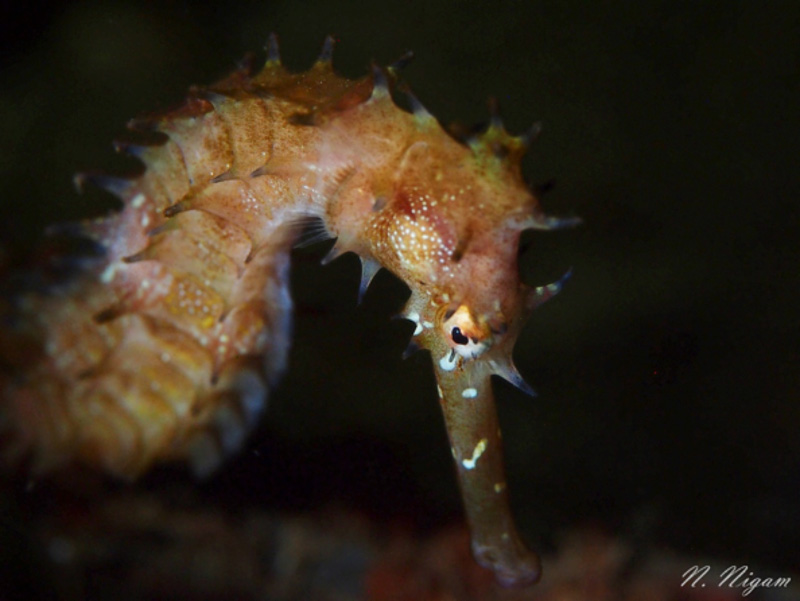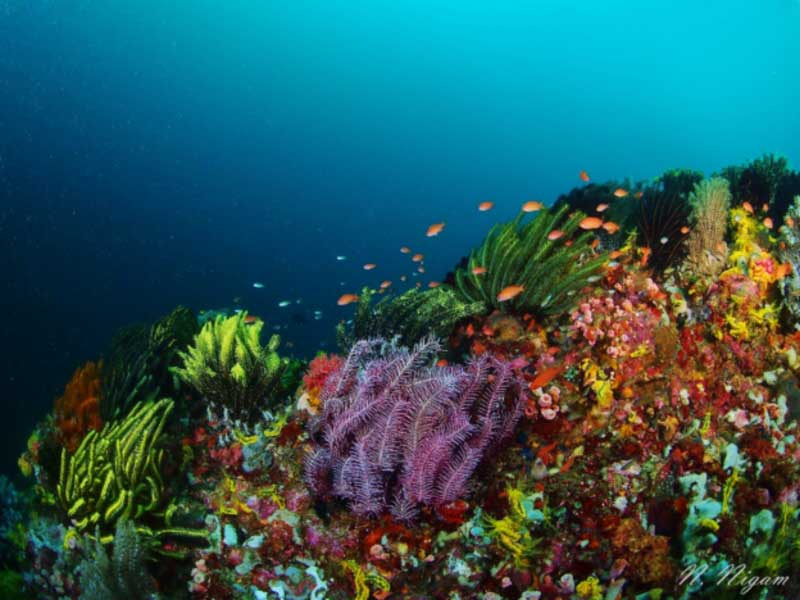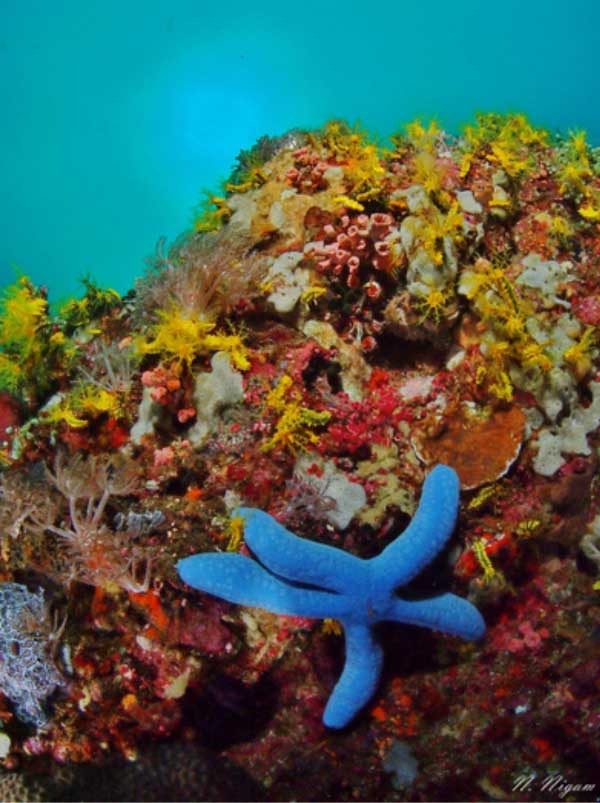Due to the inherent nature of their exploratory sport, scuba divers are driven to find the weird, the rare, and the wonderful. Many diving destinations around the globe quench these aspirations. Yet very few places can boast the diversity of eccentricities that can be found in Anilao, Philippines.
Words and Photos by Nirupam Nigam
Located at the northern edge of the coral triangle, Anilao has some of the highest diversity of marine species in the world which has given it a reputation for its macro and muck diving. However, the global diving community has rather overlooked the gorgeous reefscapes that can be found in the area. In one dive you can find frogfish, scores of nudibranchs, cuttlefish, seahorses, colorful reef fish, shrimps, octopus, and an assortment of species that are often found nowhere else in the world! Any diver looking to find the amazing diversity that this planet has to offer is looking for Anilao. During my stay at the Crystal Blue Resort in Anilao, every dive had something new and unique to offer.
Crystal Blue Resort
Crystal blue resort sits on a hillside and stretches down to a small coral beach. It’s unique in that each level of the resort has its own purpose. With an amazing view of the ocean, the rooms sit at the top two levels. The dining room, bar, and camera room sit under that with the dive area at the bottom level. All you can eat meals are perfectly suited for hungry divers – filling and inundated with taste. On top of that, I was able to witness some truly magical sunsets from the dining room. The boats are tied up right on the beach, and the camera room had individual stations for each photographer, each with ample electrical outlets and space to set up. The dive operation itself is great with small groups and exceptionally knowledgeable guides ready to suggest possible photo opportunities.
Macro Reef Diving
The highlight of Anilao is its macro reef diving. The reefs abound with an unrivaled diversity of fish and invertebrates. Each site in the area has its own resident gems and yet changes drastically from day to day. At some sites, so many nudibranchs lie among the reef and coral rubble that you begin to loose count. At others, different colors and species of frogfish hide in what feels like every other crack and crevice. Famous residents at these sites include photosynthetic nudibranchs, yellow gobies, pygmy seahorses, blue-ringed octopus, cuttlefish, clownfish, frogfish, lionfish, and much more!
Muck Diving:
In many ways, the muck diving in Anilao is just as spectacular as its macro reef diving. At first, the mucky landscape seems a little lackluster, but as soon as you take a second look you see hundreds of little oddities staring right back at you. A blue-ringed octopus might rear up in warning at your presence, or you might find a coconut octopus hiding inconspicuously in debris. Cuttlefish, frogfish, and stone fish all lie in plain sight. For me, the highlight of muckdiving was finding a resident orange hairy frogfish on multiple dives!
Reef Diving
these reefscapes were definitely available, and being mostly as wide-angle photographer, perhaps my favorite sight in Anilao. At some sites, it looks as if a rainbow was laid down upon the sea floor with thousands of brightly colored invertebrates covering shear walls and reefs. At Kirby’s, hundreds of thousands of yellow sea cumbers dotted large hills and walls of corals, while hundreds of multicolored crinoids made me feel as if I was swimming through an underwater garden. Small reef fish, such as anthias added comets of color, darting from coral head to coral head. The clear, tropical blue water at these sites made it easy to photograph them.
Anilao is place saturated with little wonders. Every dive was almost too much for my brain to process. Yet, in a brief week long trip, I was able to witness more diversity than I had ever hoped to see in a lifetime.
Words and Photos by Nirupam Nigam
For more information on Crystal Blue resort, please click here.

